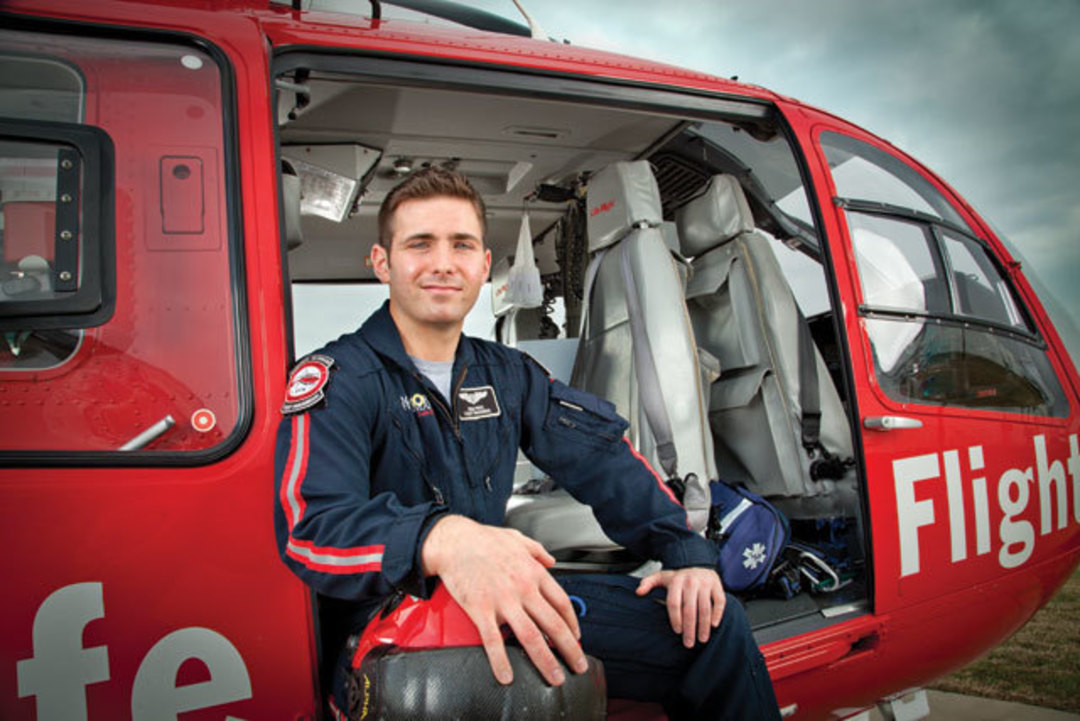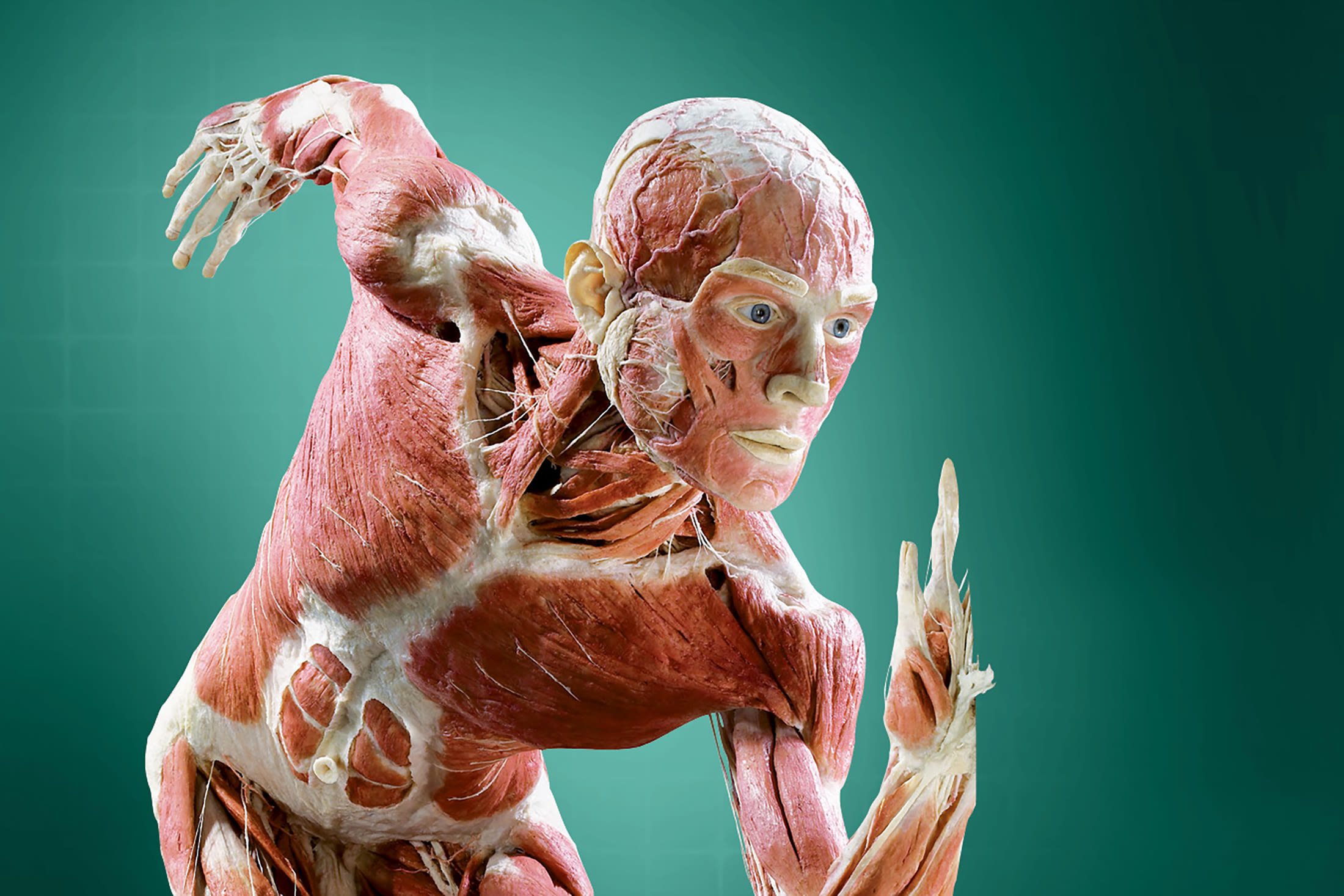Saving Lives with Memorial Hermann Life Flight

Image: Charles Ford
They are the special forces team among Houston’s emergency responders, a select group of men and women with extensive medical training who spend 12 hours a day swooping into emergencies and whizzing through the air in flying ambulances. Did we mention they also save lives? We sat down with one of Memorial Hermann Life Flight’s youngest heroes, 25-year-old Houston native and paramedic Ryan Price, who says he has plenty of stories to share—and the best job in the world.
Ryan, you were only 22 when you were hired by Memorial Hermann Life Flight, but had three years of working as a paramedic in Washington County [Brenham and environs] under your belt. You went from working in an ambulance to a helicopter. How did you adjust?
RP: It probably took me close to a year before I didn’t have any butterflies in my stomach. And that’s pretty normal. If you come here and you think you’ve got everything under your belt and nothing scares you, then you’re just fooling yourself. You’re taking everything you know as a paramedic and moving it to a helicopter, and there’s so much just about the aircraft that you need to be aware of—hazards of flying, emergency procedures, the noise. It gets very loud.
Do you consider it more intense than working in an ambulance?
RP: In some ways. It can get chaotic when we land on the scene, and there’s fire trucks everywhere and people wanting to help, and you have this huge tail rotor spinning in the back, and you have to make sure people don’t walk into that and get killed. There’s so much more going on around you, and it takes a while to get used to it. You also have to get used to working in such a small space compared to an emergency room or the back of an ambulance, which is a lot bigger.
What makes Life Flight different from ambulances on the ground?
RP: The biggest thing is the fact that we can get to a hospital a lot faster. Time is critical.
What about in terms of medical procedures? Does Life Flight have capabilities that distinguish it from a typical ground crew?
RP: Actually, we can do a lot of procedures a ground ambulance can’t do. We can do certain surgical procedures; we can offer medications that a lot of services don’t allow on the ground. We can do ultrasound exams, which are basically checking the belly for blood. We can offer blood products, and that’s really been a huge difference with Life Flight. I don’t know of any ground services that can administer blood in the field, and I think there are only a handful of other air medical services in the country that can actually give blood outside of a hospital.
Who is the typical patient you pick up?
RP: Seventy percent of what we do are “scene calls”—which means landing on a freeway, a two-lane road, in a field—and then 30 percent of our calls are actual transfers, which means hospital-to-hospital and facility transfers. The majority of our calls are going to be adult patients, but one-third of our patients are children. We do specialty transfers, which include neonatal transfers, and we have a specialty pediatric and neonate team that we can do transfers with.
What’s the hardest part of your job for you?
RP: For me, personally, sick or injured children are some of the hardest for me to see. Kids have their whole life ahead of them. They’re so innocent and helpless, and when you get a hurt kid, whether it’s abuse or negligence from a drunk driver, it can be pretty rough. I don’t have any kids, but my wife is pregnant with our first, and I’m sure once we have our son it will be even harder to see kids who are the same age he is.
If you weren’t working for Life Flight, what would you be doing instead?
RP: I’m honestly not sure. As far as I’m concerned, it’s the best job in the world and one of the most rewarding out there. How many other jobs are adventurous, allow you to keep learning, and give you the privilege of helping those in need? There’s not many.



















